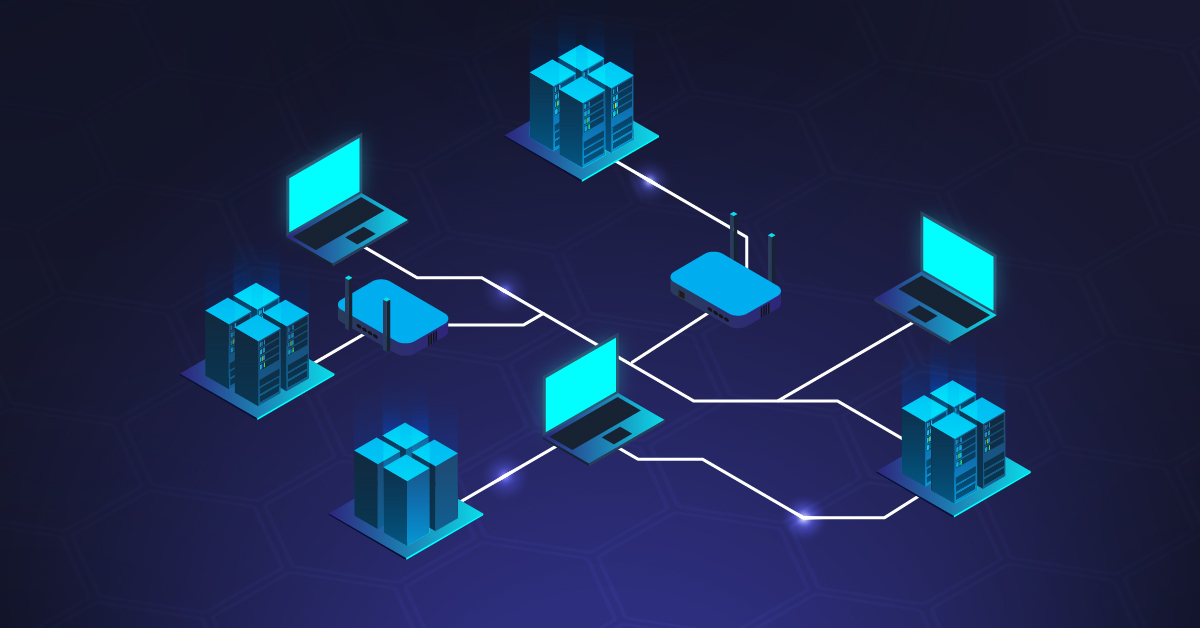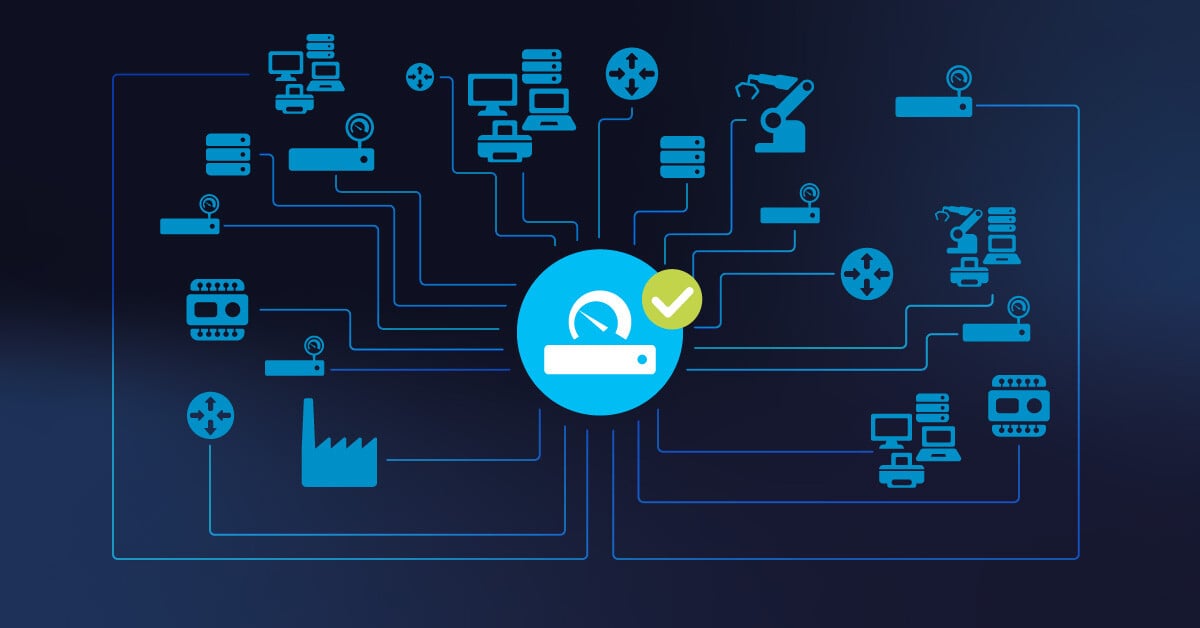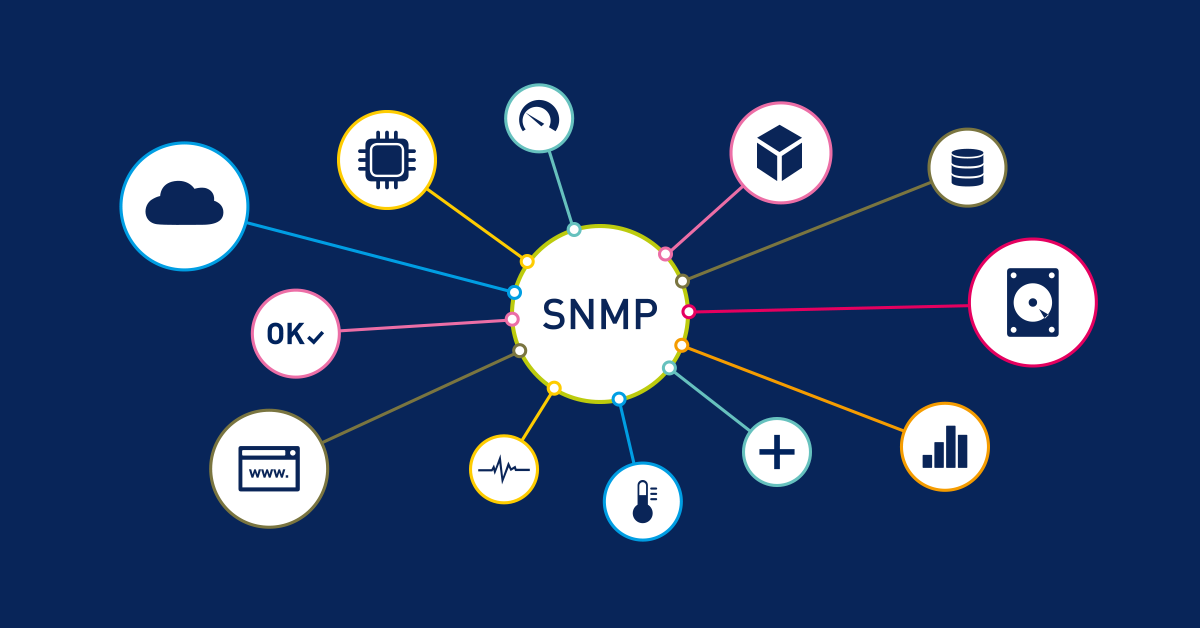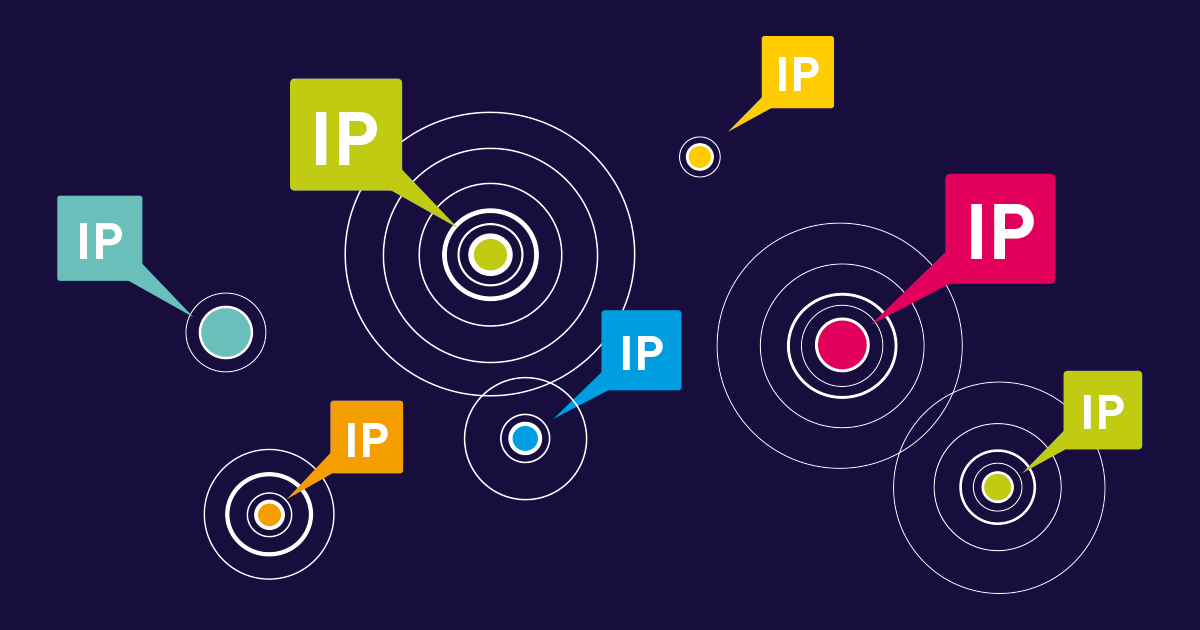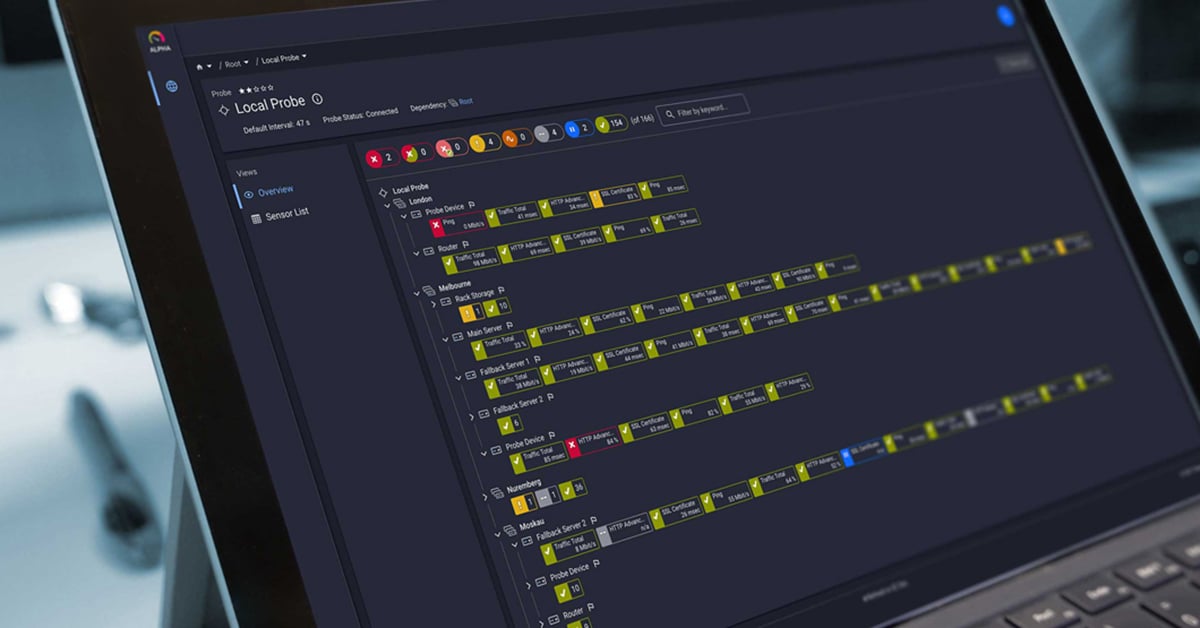Ever had your network crash during a crucial client presentation? Or discovered a cybersecurity breach that had been lurking for months? Not fun.
Your network infrastructure looks solid until suddenly it isn't. Hidden vulnerabilities and performance bottlenecks don't announce themselves. They just wait for the worst possible moment to cause chaos.
A network assessment is a comprehensive evaluation of your IT infrastructure that identifies vulnerabilities, performance bottlenecks, and optimization opportunities. Unlike basic network monitoring, which tracks ongoing performance, a thorough network assessment provides a complete snapshot of your current network health. It creates a strategic roadmap for improvements.
ROI Reality Check: Industry data shows network downtime costs companies an average of $336,000 per hour in lost productivity and revenue. A single prevented outage typically pays for an entire assessment program.
Modern Business Impact: Network assessment tools have evolved beyond simple ping and bandwidth checks. Today's comprehensive solutions combine automated discovery, security scanning, performance analysis, and compliance verification into a single assessment framework. This multi-layered approach ensures you capture both obvious issues and the subtle problems that often lead to major outages.
Implementation Timeline: Most professional network assessments take 2-4 weeks to complete, with immediate recommendations available within the first week. The investment typically ranges from $15,000-$50,000 for enterprise environments but pays for itself through a single prevented major incident.
Strategic Business Thinking: A thorough network assessment isn't just a one-time project. It's an ongoing process that serves as your early warning system. Different organizations need different approaches and network assessment tools. What works for a small business won't cut it for an enterprise with thousands of endpoints.
Here's something I learned the hard way: you absolutely need a thorough checklist. Not some generic template - a real, customized list that covers your specific infrastructure. I've watched too many smart IT teams miss critical issues because they were winging it or using someone else's playbook.
Business Continuity Focus: Whether you're supporting a dozen employees or thousands, skipping regular check-ups isn't an option. You need to dig into those bandwidth patterns (especially the weird after-hours spikes). Test your security setup - you'd be amazed what gets overlooked. Use proper tools to measure performance instead of just reacting to complaints. This approach doesn't just prevent fires - it builds an infrastructure that actually helps your business grow.
Security Detection Advantage: Companies that know what "normal" looks like on their network spot abnormal patterns 73% faster than those relying solely on security tools. Early detection can save millions in breach costs.
From Reactive to Strategic Management: When your team knows what "normal" looks like on your network, they'll spot the abnormal patterns that security tools often miss. I've seen companies detect sophisticated breaches simply because someone noticed performance metrics that seemed "off" and actually investigated instead of dismissing it as a glitch.
Way cheaper than explaining to your CEO why everything went down during your biggest sales day of the year. Network assessments don't just prevent disasters - they provide the insights you need to make smarter IT investments, improve user experience, and turn your infrastructure into a competitive advantage.
What is a Network Assessment and Why Your Business Needs One
Ever wonder what's actually happening in your IT infrastructure right now? Without a proper network assessment, you're basically flying blind. Think of it as a health check-up for your digital nervous system. It finds potential problems before they turn into full-blown emergencies.
Cost Reality: Industry research puts network downtime at about $5,600 per minute. That's not a typo.
Assessment vs. Monitoring Strategy: While regular monitoring might catch obvious issues, it won't reveal the deeper problems that actually cost you money and customers. A thorough assessment gets into the weeds of your network devices and configurations. It examines performance metrics to uncover those hidden vulnerabilities that keep IT directors up at night.
Four Critical Business Drivers: There are 4 reasons to request a network assessment from qualified pros: preventing security disasters, fixing performance bottlenecks, staying compliant (because audits are no fun), and planning smart growth.
What You Actually Get: In practice, the assessment process isn't just running a simple scan and calling it a day. We typically perform detailed vulnerability scans and create maps of your network topology (so you can actually see what's connected to what). We set up Simple Network Management Protocol (SNMP) monitoring across both your Local Area Network (LAN) and Wide Area Network (WAN) environments.
A proper evaluation examines router configurations, firewall settings, bandwidth utilization, and security policies. This reveals performance bottlenecks, outdated systems requiring patches, and security vulnerabilities.
Strategic Planning Integration: With network capacity planning for optimal network performance, organizations can use these insights for effective remediation. You'll make data-driven decisions about necessary upgrades and backups. Create a strategic roadmap. Optimize network configurations to reduce latency and prevent future issues.
Network Assessment Checklist: Essential Components for Success
Why Most Assessments Fail: After creating dozens of network assessment checklists (and seeing even more bad ones), I've learned one thing. Without a structured approach, you'll miss something important. Guaranteed.
It's not about being perfect. It's about being thorough enough to catch the vulnerabilities and performance issues that actually matter. Sure, there are fancy network assessment tools that promise the moon. But they're useless if you don't know what you're looking for in the first place.
Business Case for Documentation: Start with inventory - boring but non-negotiable. Document every router, switch, firewall, and endpoint. Yes, ALL of them.
Why This Matters to Your Bottom Line: This isn't just busywork. This inventory becomes your network topology map and your first line of defense in identifying security gaps. For each device, record its configuration, firmware version, and role.
Real Cost of Poor Documentation: I've walked into too many organizations where nobody could tell me what half their network devices actually did. Don't be that team. When an outage hits, you need to know exactly what's affected and how to fix it fast.
Performance Analysis: A Strategic Approach to Network Metrics
Business Impact First: The transition from basic monitoring to strategic performance analysis separates reactive IT teams from proactive ones.
Step 1: Bandwidth Utilization Assessment
ROI Focus: Don't just assume your bandwidth is sufficient - measure actual utilization patterns. Hunt down those bottlenecks hiding in unexpected places.
User Experience Translation: Quantify the latency issues your users complain about but IT often dismisses. Experience comprehensive network monitoring with PRTG's free 30-day trial and discover what your current monitoring might be missing.
Step 2: Voice over Internet Protocol (VoIP) Performance Evaluation
Business Continuity Impact: If you're running VoIP, do you know the average mean opinion score in your system? Don't just monitor it - set actionable thresholds.
Critical VoIP Thresholds:
• Score 4.0-5.0: Excellent quality, no action needed
• Score 3.5-3.9: Good quality, monitor for trends
• Score 3.0-3.4: Fair quality, investigate causes
• Below 3.0: Immediate attention required
Security Assessment: Beyond Basic Firewall Protection
Strategic Security Evolution: Moving from basic firewall management to comprehensive security assessment requires a fundamental shift in thinking.
Step 3: Comprehensive Security Scanning
Business Risk Management: Security isn't just about having a firewall and calling it a day. Schedule regular - and I mean REGULAR - vulnerability scans across your network.
Configuration Management Reality: Review those firewall configurations that nobody's touched in years because "they're working fine." Conduct an honest risk assessment of your security policies. (Hint: if they're older than your newest hire, they need updating.)
Step 4: Patch Management Verification
Million-Dollar Prevention: With how quickly threats evolve, your checklist must verify that systems are patched and up-to-date. I've seen million-dollar breaches that a simple patch would have prevented.
Strategic Risk Integration: Establishing network visibility in IT risk management isn't just a nice-to-have. It's essential for catching vulnerabilities before attackers do.
Security Assessment Priorities:
• Critical patches: Apply within 72 hours of release
• High-risk vulnerabilities: Monthly scanning minimum
• Firewall rules: Quarterly configuration review
• Access controls: Semi-annual permission audit
Compliance Documentation: Meeting Regulatory Requirements
Step 5: Industry-Specific Compliance Verification
Regulatory Reality Check: Don't forget the compliance piece. Depending on your industry, you'll need to verify adherence to standards like Payment Card Industry Data Security Standard (PCI DSS), Health Insurance Portability and Accountability Act (HIPAA) for healthcare organizations, or whatever regulatory alphabet soup applies to you.
Documentation for Business Protection: Document permissions, access controls, and network segmentation thoroughly. Not the most exciting part of IT, but it's what keeps auditors happy and your company out of the headlines for the wrong reasons.
Compliance Assessment Checklist:
• PCI DSS: Payment card data protection protocols
• HIPAA: Healthcare information security standards
• SOX: Financial reporting system controls
• General Data Protection Regulation (GDPR): Data privacy and protection requirements
Best Network Assessment Tools for Enterprise Infrastructure
Tool Selection Reality: I've spent countless hours evaluating network assessment tools, and I've come to one conclusion. Vendors all claim to have built the perfect solution, but that's marketing talk, not reality.
Your company's size, network complexity, and specific headaches matter way more than feature comparisons or analyst reports.
Business-Driven Selection: Tool selection gets much easier when you're honest about what your organization actually needs (not what vendors think you should want). Smaller companies with lean IT teams need straightforward, cloud-based tools they can implement without hiring consultants. Mid-sized organizations usually have specific pain points - failing security audits, compliance requirements, or unexplained performance crashes.
Leading Solution Analysis: PRTG Network Monitor excels in network assessment scenarios through its comprehensive sensor library and automated discovery capabilities. Unlike single-purpose assessment tools, PRTG provides:
Multi-Protocol Assessment Coverage:
• SNMP monitoring for network devices (routers, switches, firewalls)
• Windows Management Instrumentation (WMI) sensors for Windows infrastructure health
• Flow monitoring (NetFlow, sFlow, IP Flow Information Export (IPFIX)) for traffic analysis
• Packet sniffing for deep network behavior analysis
• HTTP/HTTPS sensors for web service availability
Enterprise-Scale Assessment Features:
• Monitor up to several thousand sensors per installation
• Distributed monitoring via remote probes for multi-site assessments
• Automated network discovery to identify all connected devices
• Real-time dashboards with customizable performance visualizations
• Built-in reporting engine for professional assessment documentation
Implementing a Regular Network Assessment Strategy
Strategic Implementation Approach: The IT teams that get the most benefit make assessment part of their DNA, not something they do once and forget.
Practical Implementation Steps:
• Documentation: Start by documenting what you have (including those "mystery devices")
• Tool Selection: Pick tools that fit your real-world constraints - budget, team size, expertise
• Create Cadence: Monthly security checks with quarterly deep-dives works for most teams
• Assign Ownership: Put someone's name on this responsibility
• Business Integration: Use findings to make smarter business decisions and fuel strategic growth
For more guidance on optimizing your infrastructure, explore our resources on network capacity planning for optimal network performance.
Key Questions About Network Assessment
How does network assessment help with cybersecurity predictive risk scoring?
The companies who get real security value establish a clear picture of what "normal" looks like on their network. Without that baseline, you're flying blind when spotting weird behavior.
I worked with a healthcare client who noticed their call quality tanking every night around 2 AM. Turned out they had malware exfiltrating patient data. Their regular security scans missed it, but their VoIP quality metrics caught it.
Discover how network visibility in IT risk management can transform your security strategy from reactive to proactive.
How can I use network performance data in cybersecurity predictive risk scoring?
Breaking down silos between performance and security data is where you'll find gold. I consulted with a retailer whose performance monitoring showed clear signs of a breach, but that information never reached the security team until after customer data was stolen.
Check out how network capacity planning for optimal network performance creates security benefits while making everything run smoother for users.
Start Your Professional Network Assessment Today
Ready to move beyond reactive IT management? PRTG Network Monitor provides the continuous monitoring foundation that transforms one-time assessments into ongoing infrastructure intelligence.
Download the PRTG Free Trial - No credit card required. Monitor up to 100 sensors for 30 days and see exactly what's happening in your network right now.
For IT teams managing complex infrastructures, PRTG offers enterprise-grade features including:
• Automated network discovery and mapping
• Multi-protocol monitoring (SNMP, WMI, Flow, Packet Sniffing)
• Real-time alerting with customizable thresholds
• Professional reporting for stakeholder communications
 Published by
Published by 




